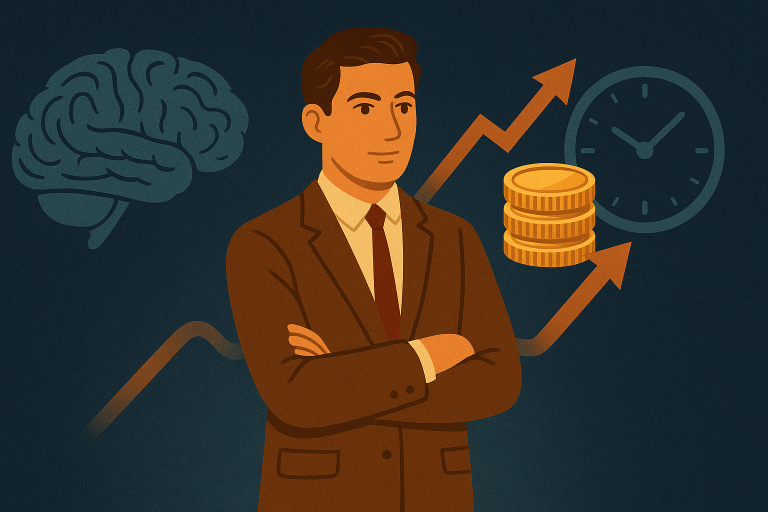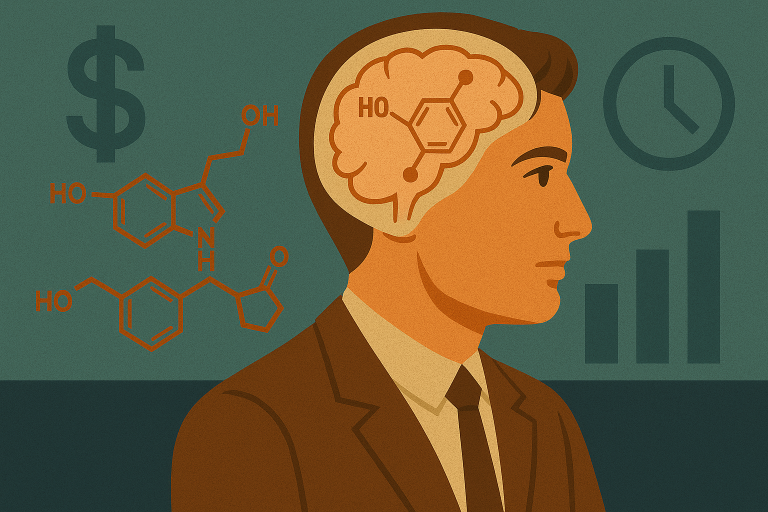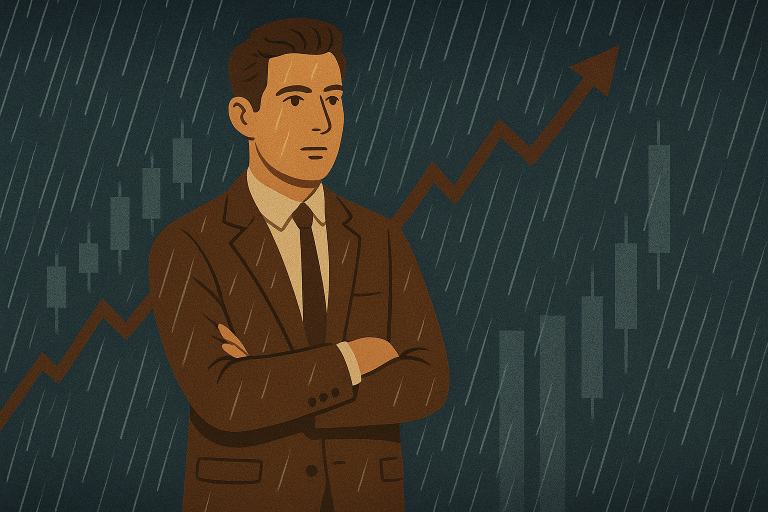Long-Term Investor Environment: Building Supportive Circles
A person might possess discipline, strategy, and market knowledge, but if their environment pulls in the opposite direction, they’re condemned to constant struggle. Your social circle represents an invisible force that can either amplify your efforts or systematically undermine them.
The Drag of Conventional Thinking
Mainstream society lives moment-to-moment. Social gatherings feature conversations about how “nothing works.” Workplace discussions focus on debts, prices, and politics—never accumulation strategies or investments. Friends may mock saving decisions while spending on rapidly depreciating items. Family members might instill guilt with questions like “Why save so much? You should live in the present.” This constant psychological pressure creates what I call “environmental drag”—the silent force that slowly erodes financial resolve.
The Crossroads Every Investor Faces
Here lies the critical junction: your strategy and future vision on one side, your environment’s habits and fears on the other. This tension wears down most aspiring investors. The pressure to conform feels overwhelming, and many choose the path of least resistance—blending into the crowd rather than swimming against the current day after day.
Environmental Factors That Undermine Investors
- Normalized consumerism: Spending portrayed as self-care or happiness
- Financial fatalism: Belief that wealth is unattainable for “regular people”
- Instant gratification culture: Prioritizing present comfort over future security
- Success skepticism: Suspicion toward those pursuing financial independence
Conscious Environment Design
Long-term investors recognize a crucial truth: building substantial wealth requires carefully selecting your environment with the same discernment you apply to choosing assets. This doesn’t necessitate severing all existing relationships, but it does demand establishing clear boundaries. You must filter which voices gain access to your consciousness, understanding that words transform into thoughts, thoughts into actions, and actions into results.
The Anatomy of Supportive Investor Circles
A true investor’s environment isn’t comprised of people who blindly support every decision, but rather those who are builders themselves. These individuals respect discipline rather than mocking it, understand patience’s value, and possess energy that outweighs the crowd’s noise. Sometimes one or two such people provide enough reinforcement to sustain decades of financial discipline.
Why Wealth Builders Operate Differently
This explains why millionaires rarely broadcast their strategies to general audiences. Their environment consists not of crowds but carefully curated circles sharing similar principles. They understand the impossibility of building substantial futures while surrounded by people living exclusively in the present.
Your Environment as Growth Medium
Remember: your environment represents your growth medium. You can plant powerful seeds, but toxic soil prevents development. You might be an investment genius, but daily exposure to messages like “That’s stupid,” “Too risky,” or “Just spend it” will gradually erode your resolve.
Long-term investors make conscious choices to create spaces where growth matters more than consumption, where future discussions trump discount conversations, and where capital represents disciplined results rather than envy triggers. Years later, the truth emerges: your environment either facilitated your growth or stole your potential. While crowds continue complaining, you stand on solid foundations because you recognized that sustainable building requires supportive environments.
Don’t fear changing your surroundings or being “different.” Your life reflects your choices, not theirs. If you aspire to become a successful long-term investor, begin simply: surround yourself with people who believe in futures rather than instant gratification. Your wealth may grow in your brokerage account, but it’s born in the environment you consciously create and maintain.



